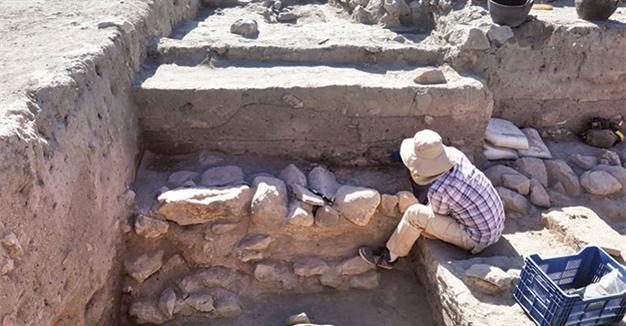Findings in Kayseri show active ancient Anatolian women
KAYSERİ – Anadolu Agency

AA photo
Clay tablets unearthed during excavations at the Kültepe Kaniş/Karum mound in the province of Kayseri in central Turkey reveal that Anatolian women played an active part in administration and trade up to 4,000 years ago.Systematic excavations first started in the region in 1948 and so far 23,500 cuneiform clay tablets have been unearthed, said the head of the Kültepe excavations, Ankara University Professor Fikri Kulakoğlu.
The clay tablet collection unearthed in the excavations entered the UNESCO World Heritage list in 2014, Kulakoğlu noted, adding that the most important feature of the tablets is their “commercial and economic content.”
“Everything of value was recorded in that era, so it is possible to get information about both daily life and social life from the tablets. For example, many events we know about today were recorded in tablets. It is possible to read information about many things related to social life such as marriage, divorce, adoption and court decisions,” he said.
The clay tablets also reveal that women were active in trade up to 4,000 years ago.
“It is very important that women were among the traders in Anatolia. Of course men traded but there were also women,” said Kulakoğlu.
“We learned from these tablets that one of them traveled 1,000 kilometers to Assyria to seek her rights in court as she failed to collect her money here. Women were active and had rights in society. Even queens were active in trade and state treaties. The king’s seal was not enough to approve a treaty; the queen’s seal was also necessary, which means that queens were equal with kings in administration,” he added, particularly referring to the case of Puduhepa, the wife of the Hittite king Hattusili III.
“Puduhepa lived 500 years after Kültepe. But the wife of an Anatolian king had a role in administration 500 years before Puduhepa. This means that Anatolian women were active in trade and administration long before the Hittite kings,” Kulakoğlu stated.
















